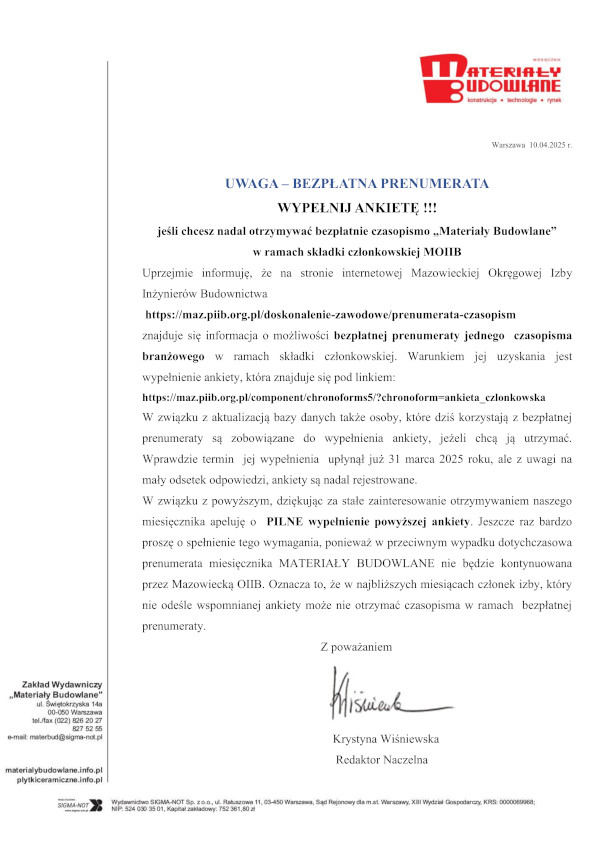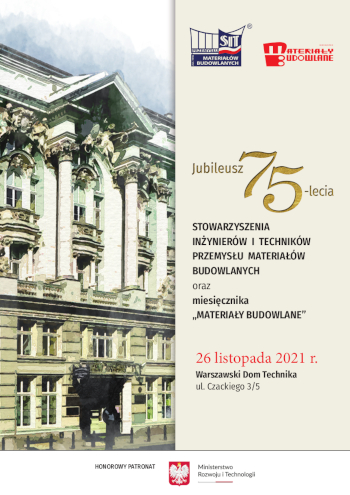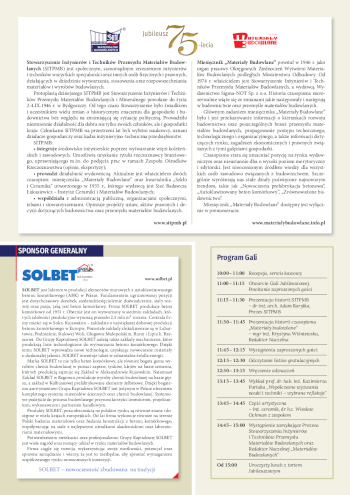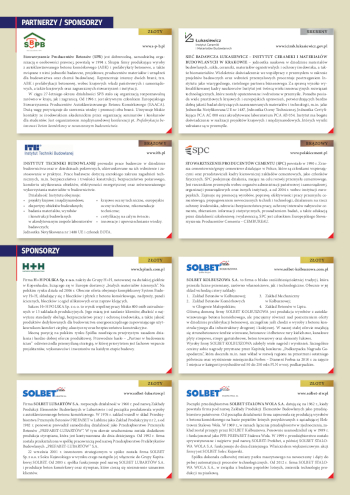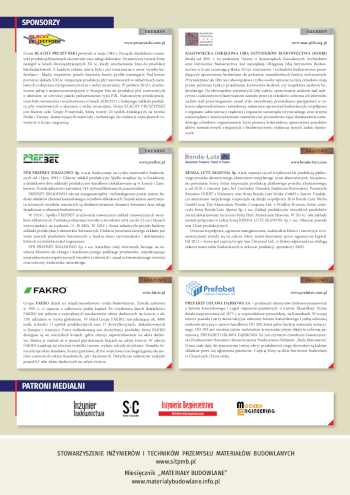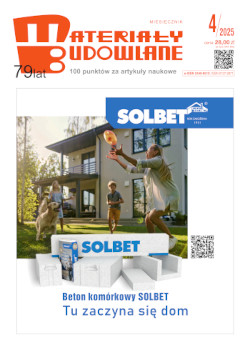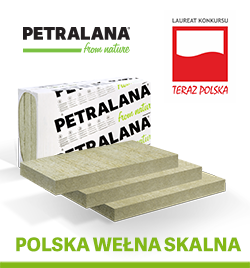Open Access (Artykuł w pliku PDF)
Modular construction as a possibility of flexible adaptation to the user's requirements
dr hab. inż. Jerzy Pasławski, prof. PP, Politechnika Poznańska, Wydział Inżynierii Lądowej i Transportu
ORCID: 0000-0002-5570-2363
mgr inż. arch. Kamila Włoch-Surówka, Politechnika Poznańska, Wydział Inżynierii Lądowej i Transportu
ORCID: 0000-0002-4780-9806
Adres do korespondencji: Ten adres pocztowy jest chroniony przed spamowaniem. Aby go zobaczyć, konieczne jest włączenie w przeglądarce obsługi JavaScript.
DOI: 10.15199/33.2022.12.14
Artykuł przeglądowy
Streszczenie. Artykuł przedstawia ideę elastyczności w projektowaniu inżynierskim na przykładzie budownictwa prefabrykowanego/ modułowego. Podstawowym założeniem jest możliwość jego adaptacji do wymagań użytkownika. Budownictwo modułowe jest efektywnym narzędziem implementowania idei elastyczności i ułatwia zarządzanie inwestycją w całym cyklu życia.
Słowa kluczowe: etapowanie inwestycji; prefabrykacja; budownictwo modułowe.
Abstract. The article presents the idea of flexibility in engineering design expressed in the formof prefabricated/modular construction. The basic assumption is the possibility of adapting to the user's requirements. Modular construction is an effective tool to implement the idea of flexibility and facilitates the management of investment throughout the life cycle.
Keywords: investment step by step; modular construction.
Literatura
[1] Bertram N, Fuchs S, Mischke J, Palter R, Strube G, Woetzel J. Modular construction: From projects to products, McKinsey & Company, 2019, https://mckinsey.com/industries/captital-projects-and-infrastructure (07.2022).
[2] Modern Methods of Construction (MMC), Cast Real Estate & Construction Consultancy, https://www.london.gov.uk/sites/default/files/cast_- _mmc_-_december_2020. pdf (08.2022).
[3] Shaping the Future of Construction. A Breakthrough in Mindset and Technology, Industrial agenda, World Economic Forum 2016, www.weforum. org (07.2022).
[4] Garrison J, Tweedie A. Modular Architecture Manual prepared by GarrisonArchitects for Kullman Buildings Corp, NewYork, Kullman, 2008.
[5] Rice T, Smith RE. Offsite construction industry meta-analysis: industry surveyresults, in: Ryan E., Smith R. E., Quale J. D. editors, Offsite architecture: constructing the future, New York, Routledge 2017, p. 93-108.
[6] House of Lords, Science and Tecnology Select Committee, Off-site manufacture for construction: Building for change, 2nd Report of Session 2017- 19 – published 19 July 2018 – HL Paper 169, https://publications.parliament. uk/pa/ld201719/ldselect/ldsctech/169/16902. htm (07.2022).
[7] HMGovernment, Construction 2025, p. 61-63, https://assets. publishing. service. gov. uk/government/uploads/system/uploads/attachment_data/file/ 210099/bis-13-955-construction-2025-industrial-strategy. pdf (07.2022).
[8] Szulc J, Sieczkowski. Przyszłość technologii modułowych w budownictwie. Inżynier Budownictwa. 2020, https://dos.piib.org.pl/wp-content/uploads/ 2020/06/ib_05_20. pdf (09.2022).
[9] Neufville Rd, Scholtes S. Flexibility in engineering design.2011 Cambridge – London, The MIT Press.
[10] https://khr.dk/en/projects/new-ouh/ (08.2022).
[11] https://hbarchitects.co.uk/halley-vi-british-antarctic-research-station/ (08.2022).
[12] https://www.apaka.com.pl/pl/projekty/polska-stacja-antarktyczna-imh- arctowskiego (08,10.2022)
[13] Lordos G Systems Thinking Underpins Space Hotel for NASA, sdmpulse. 2018 https://sdm.mit.edu/wp-content/uploads/2018/03/SDMPulse- Spring-2018-FINAL.pdf (07.2022).
[14] Bertram N, Mischke J. Scaling modular construction, Voices on Infrastructure, McKinsey & Company. 2019, https://GlobalInfrastructureInitiative. com (07.2022).
Przyjęto do druku: 18.11.2022 r.
Materiały Budowlane 12/2022, strona 53-55 (spis treści >>)


